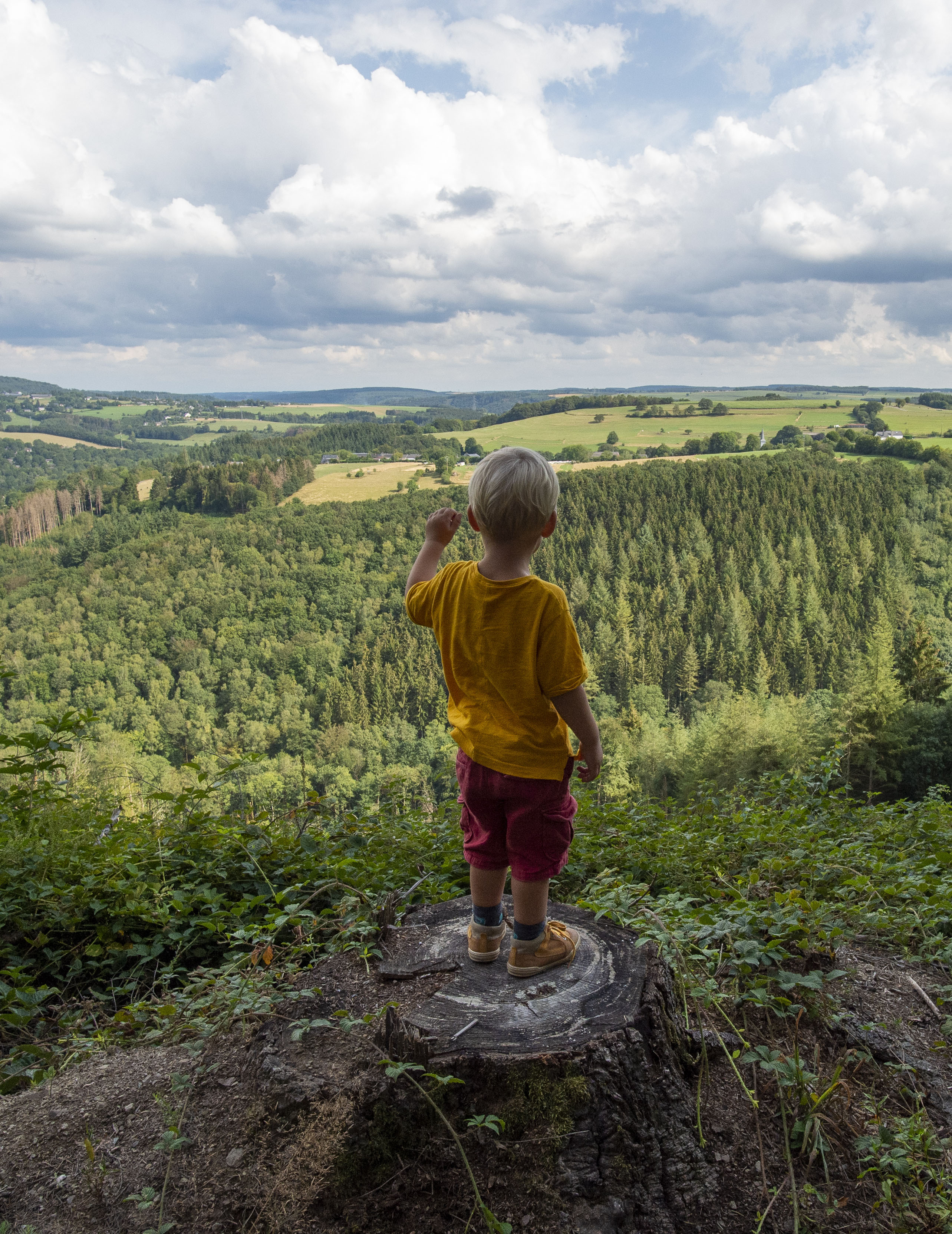Dive Into the Medieval World of the Château de La Roche-en-Ardenne
This feudal castle remains proudly overlooking the Ourthe valley, planted firmly on its rocky spur. A symbol of the region, it whisks visitors off to follow in the footsteps of knights. Mount your horses!
Although only ruins remain today, the castle has lost none of its splendour and, most importantly, still has all the main features that can give you a taste of its medieval history. The towers, loopholes and dungeons, as well as the different rooms you can explore, some built into the rock itself, will take you on a journey back in time. Standing on a site first settled in the Neolithic era, this 9th century castle also gives you a magnificent view of the city and its surroundings. Why not come and look around for a glimpse back in time?
Echoes of the Era of Lords and Ladies
Do you dream of being transported for a day to the fascinating medieval world of fortune tellers, lords, master falconers and jubilant crowds? Well, then you’re in luck! The castle now hosts a multitude of activities and shows on special days or weekends: falconry shows, archery, medieval crafts, sound and light shows, Halloween events, fireworks and more. There’s something to delight every visitor, young or old! There are even whispers that on certain evenings, as night falls, the ghost of Countess Berthe de La Roche can be seen roaming the castle ruins in the exact place where she died... You’ve been warned!
Copyright pictures : Ardennes-étape



